Traditionally, a gaming guild is an assortment of gamers who like to play together, compete with different guilds, and offer gaming tips. The play-and-earn model, promoted by Axie Infinity, has reformed gaming guilds by adapting to the gaming community. Rather than joining a guild only for entertainment, gamers join to dominate their craft and build revenue-generating ways.
The Gaming Guild Phenomenon Has Evolved Far Beyond Online Communities Of Gamers
The gaming guild peculiarity has developed a long way past the online communities of gamers. These guilds are quickly becoming digital nations. Education platforms, community development, crypto-crowdfunding, and the sky’s the limit from there.
Gaming guilds: what they are and how they work.
Traditionally, a gaming guild is an assortment of gamers who like to play together, compete with different guilds, and offer gaming tips. The play-and-earn model, promoted by Axie Infinity, has reformed gaming guilds by adapting to the gaming community. Rather than joining a guild only for entertainment, gamers join to dominate their craft and build revenue-generating ways.
Like any growing industry, the entry points of the play-and-earn gaming model are getting progressively costly. On account of Axie Infinity, a newbie should buy and hold at least three Axie characters before they can play the game. The typical cost of an NFT on Axie Infinity was $355 toward the end of last year.
For example, UniX Gaming considers that most players live in developing nations where the typical monthly income is $150 to $250. Many contend that for the industry to proceed with its development, it needs to bring down the cost of play.
UniX helps by offering scholarships for beginners. They work under a DAO (decentralized autonomous organization) structure, so scholarship financing comes from inside the community of DAO token holders. They collectively invest in the gaming NFTs that are expected to participate and grant them to the scholars. When scholars earn awards with these NFTs, they split the profit between the player and the organization. Along these lines, the guild makes a profit from its shared interests in digital game assets.
How gaming guilds are more than a cost solution
The DAO model of gaming guilds initially arose as an answer to the play-and-earn entry difficulties. In any case, the fast development of these DAOs is setting out new opportunities and advancements in the gaming metaverse industry.
UniX Gaming, one of the biggest gaming guilds in the play-and-earn space, is an extraordinary model. Through its scholarship program, it gives a 50/50 benefit share. The gaming guild had 1,000 scholars for Axie Infinity and 5,000 across more than 50 games for a while.
UniX has extended the grant program to incorporate its learn-and-earn education platform. This investment both draws several scholars and increases player performance. Thus, detailing a higher-than-average matchmaking rating (MMR) per scholar (in-game skill level) by correlation with different guilds brings about a higher profit score.
Social impact
Gaming guilds are rapidly discovering that they have incredible potential for social impact. UniX found this as the majority of its users joined without any prior crypto experience. So, it tried to incorporate points like the metaverse, security, NFTs, crypto, and, surprisingly, English, math, science, cooking, and biology into its education platform.
Players share rewards from Unix gaming exercises with Unix administration token holders. They want to become the DAO through a broad gaming environment. Players share awards for playing and learning; however, investors and manufacturers will be able to fund and release new games through UniX’s decentralized platform called Final Round. This model combines traditional investment in raising money with open source development—for and through the community members.
Axie Infinity was the spark that ignited the fuse in blockchain-based gaming. Founded in Vietnam, it took off across the Philippines. With that background, judging the social impact blockchain-based gaming and gaming guilds have all over the world is difficult to calculate.
Blockchain gaming and esports
Even though it is still in its earliest stages, the play-and-earn model is ready to take off in esports. Since these new game economies are transforming from a participation model to a competitive one, it will probably draw in more esports media consideration. Many predict that market exposure to 2025’s projected $2.89 billion esports market capitalization will increase interest from institutional and retail investors.
Crowdsourcing, funding, skills, and community.
Because DAOs encircle gaming guilds, they provide a system for crowdfunding and publicly supporting new ventures. The majority of the investment comes from the community of investors, gamers, and supervisors—all members of the society or DAO. Investors benefit from social research in tracking down the best tasks. As UniX organizer and CEO Mirko Basil stated, “gaming isn’t just playing; it’s claiming, building, sharing, visiting, and the sky’s the limit from there.”
The community can also allot DAO-controlled cash flow to finance skills like developer resources. Santiago Santos, an investor who centers around the NTF/gaming space, ventures to such an extreme as to foresee that gaming guilds will create more opportunities than other sectors.
UniX stresses community in its vision for a developing universe. It expects to introduce a chat function to empower casual discussions among users and the trading of private data. It is also growing new user groups for NFT fans, artists, and developers.
There is no question that gaming guilds are at the start of their first innings. However, through monetizing the gaming community, these guilds today have many highlights, like a cutting-edge country. From administrative designs and financing systems to offering projects and community management, it is an intriguing chance for players and developers.
Credit: Blockworks



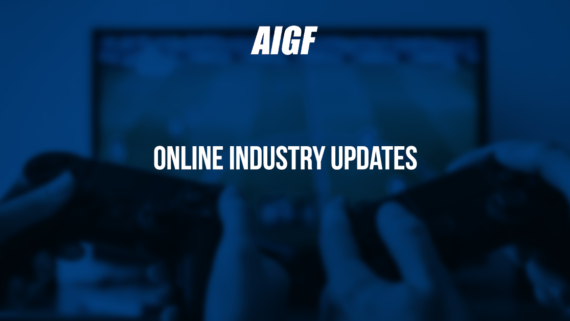
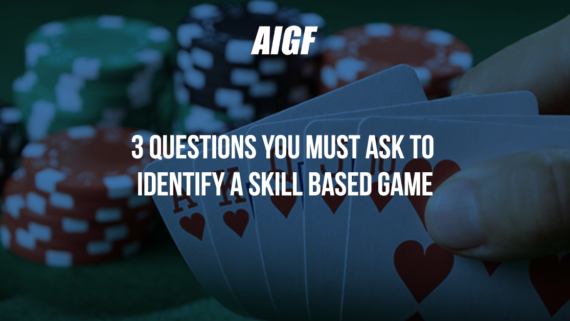

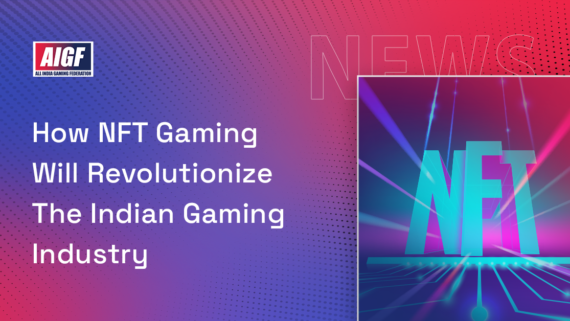
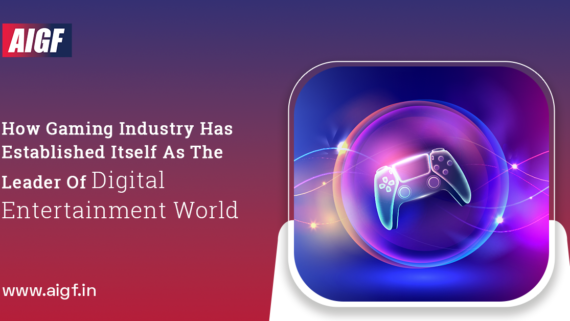

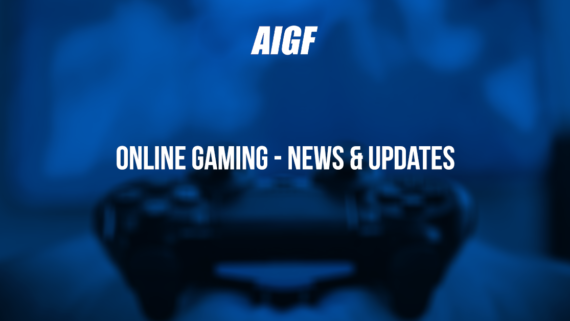
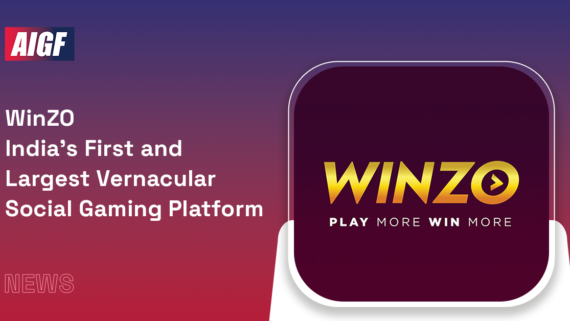
Comments
Comments are closed.